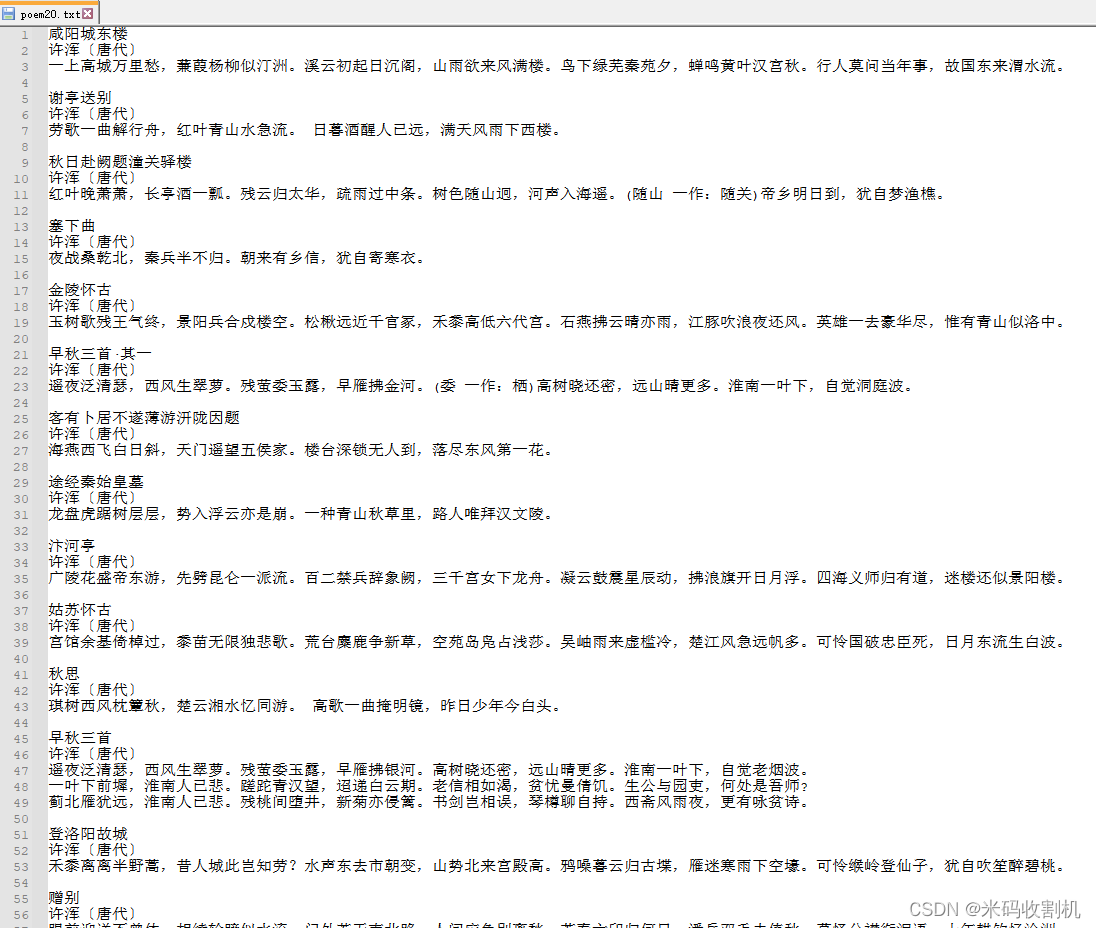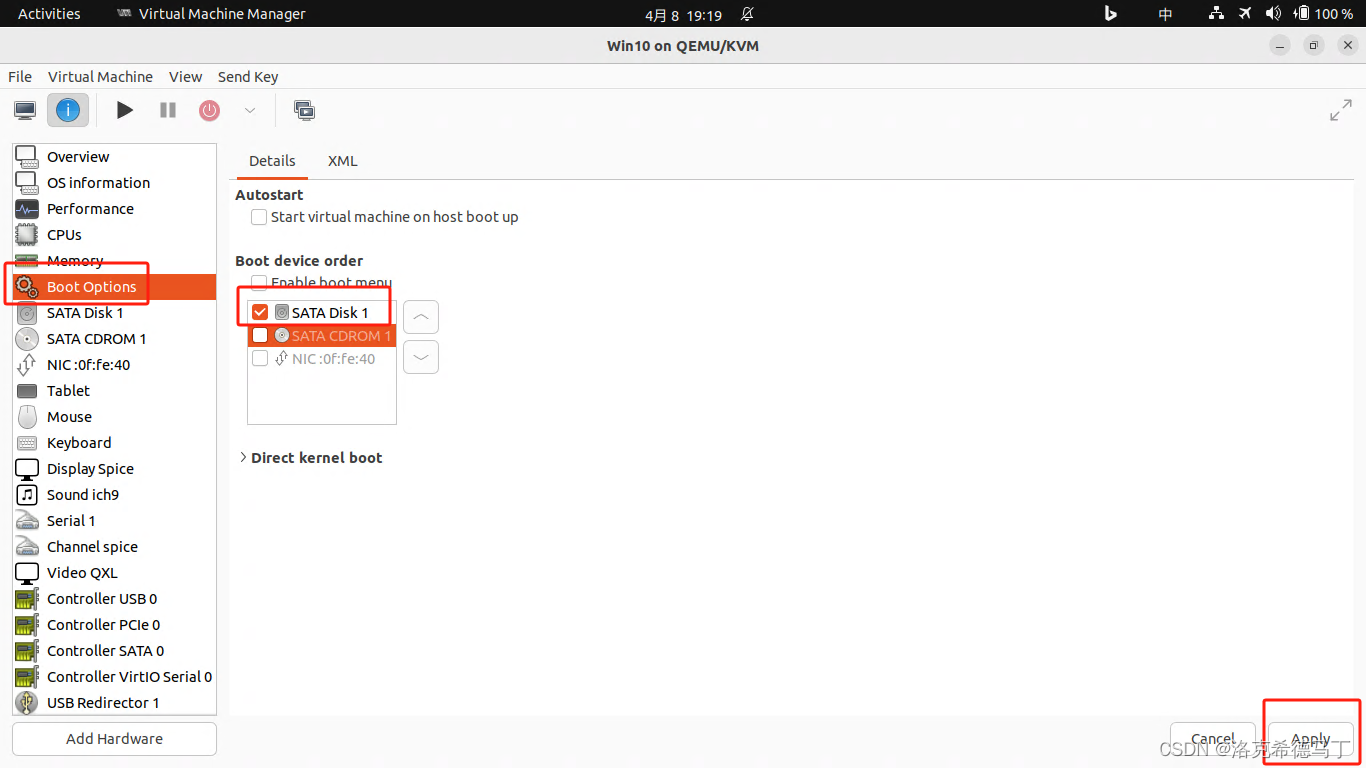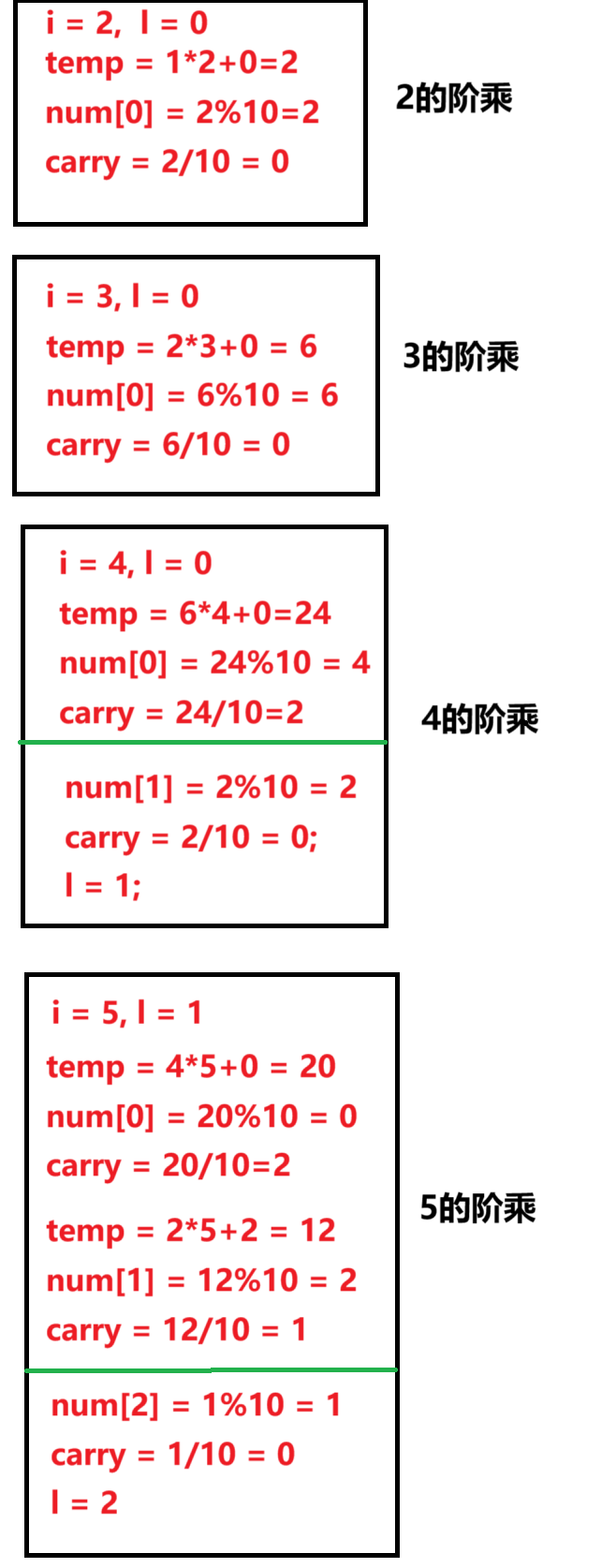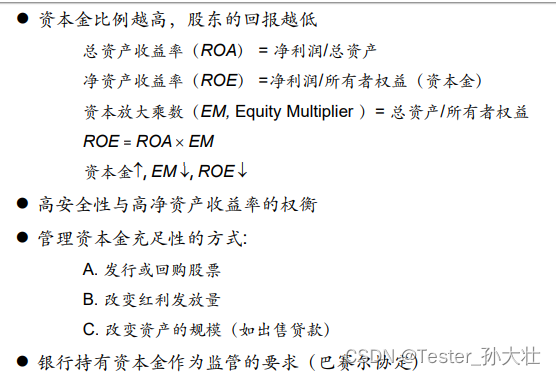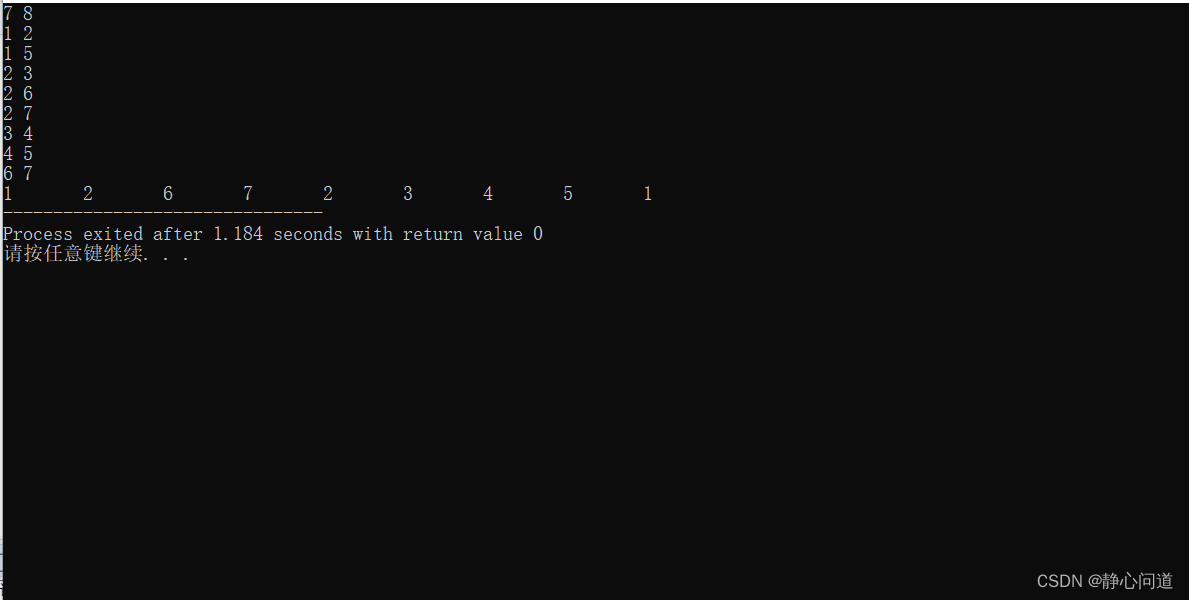文章目录
- 前言
- 旧模型训练
- 新模型训练
- 参数查看
- 组合参数
- 训练学习
- 模型评估
前言
在机器学习-随机森林算法预测温度一文中,通过增大模型训练数据集和训练特征的方式去优化模型的性能,本文将记录第三方种优化方式,通过调整随机森林创建模型参数的方式去优化模型,即调参。这里调参和神经网络使用验证集调整超参数概念不太一样,所以不会去使用验证集。本文调参,将使用RandomizedSearchCV()函数,去交叉验证不同参数组合的模型性能,选择最优性能的参数组合模型。
旧模型训练
为了缩短参数训练的时间,对比旧模型,将先用部分数据 2016年的,不含ws_1、prcp_1、snwd_1三个特征值的,参见文章机器学习-随机森林算法预测温度
其评估结果如下:
误差是: 4.16
score: 0.843355562598595
MAE是: 4.16409589041096
MSE是: 26.98129152054795
RMSE是: 5.194351886477075
新模型训练
数据集和特征选择和旧模型保持一致,只通过调整模型构建参数进行调优。前面的数据探索性分析和数据预处理都一样。从构建模型开始,有了变化:
参数查看
# 建立随机森林模型
from sklearn.ensemble import RandomForestRegressor
# 建立预测模型
rf = RandomForestRegressor(random_state=42)
from pprint import pprint
# 格式化方式打印json数据
pprint(rf.get_params())
输出如下:
{'bootstrap': True,
'ccp_alpha': 0.0,
'criterion': 'squared_error',
'max_depth': None,
'max_features': 1.0,
'max_leaf_nodes': None,
'max_samples': None,
'min_impurity_decrease': 0.0,
'min_samples_leaf': 1,
'min_samples_split': 2,
'min_weight_fraction_leaf': 0.0,
'monotonic_cst': None,
'n_estimators': 100,
'n_jobs': None,
'oob_score': False,
'random_state': 42,
'verbose': 0,
'warm_start': False}
通过查看官网api,官网地址:
发现每个参数都是可以指定的,当然指定不同的参数,结果肯定也不一样,下面将构造一种参数范围,让随机森林自己去学习训练评估出最佳参数组合。
组合参数
from sklearn.model_selection import RandomizedSearchCV
n_estimators = [int(x) for x in np.linspace(start=100,stop=1000,num=10)]
max_features = [1.0,'sqrt','log2']
max_depth = [int(x) for x in np.linspace(10,200,10)]
max_depth.append(None)
min_samples_split = [2,5,10]
min_samples_leaf = [1,2,4]
bootstrap = [True,False]
random_param = {'bootstrap': bootstrap,
'max_depth': max_depth,
'max_features': max_features,
'min_samples_leaf': min_samples_leaf,
'min_samples_split': min_samples_split,
'n_estimators': n_estimators
}
上面只是一种可能的参数组合范围,参照api文档进行简单枚举
训练学习
rf_random = RandomizedSearchCV(estimator=rf,param_distributions=random_param,n_iter=100,scoring='neg_mean_absolute_error',cv=3,random_state=42)
rf_random.fit(train_features,train_labels)
模型将开始训练,如下图:

等训练程序跑完,打印训练学习后的最佳参数
pprint(rf_random.best_params_)
如下:
{'bootstrap': True,
'max_depth': 73,
'max_features': 1.0,
'min_samples_leaf': 2,
'min_samples_split': 10,
'n_estimators': 600}
模型评估
由于代码重复出现,对评估代码进行封装
def evaluate(model, test_features, test_labels):
pre = model.predict(test_features)
errors = abs(pre - test_labels)
print('误差是:', round(np.mean(errors), 2))
# 得分
score = model.score(test_features, test_labels)
print('score:', score)
import sklearn.metrics as sm
print('MAE是:', sm.mean_absolute_error(pre, test_labels))
print('MSE是:', sm.mean_squared_error(pre, test_labels))
print('RMSE是:', np.sqrt(sm.mean_squared_error(pre, test_labels)))
执行评估:
best_model = rf_random.best_estimator_
evaluate(best_model,test_features,test_labels)
结果如下:
误差是: 4.06
得分: 0.852906033295568
MAE是: 4.061986168567313
MSE是: 25.336266403102137
RMSE是: 5.033514319350064
可以看到,和一开始的旧模型评估结果相比,性能得到了一定幅度提升。
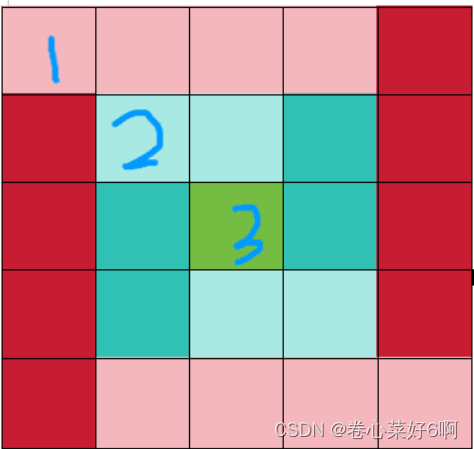

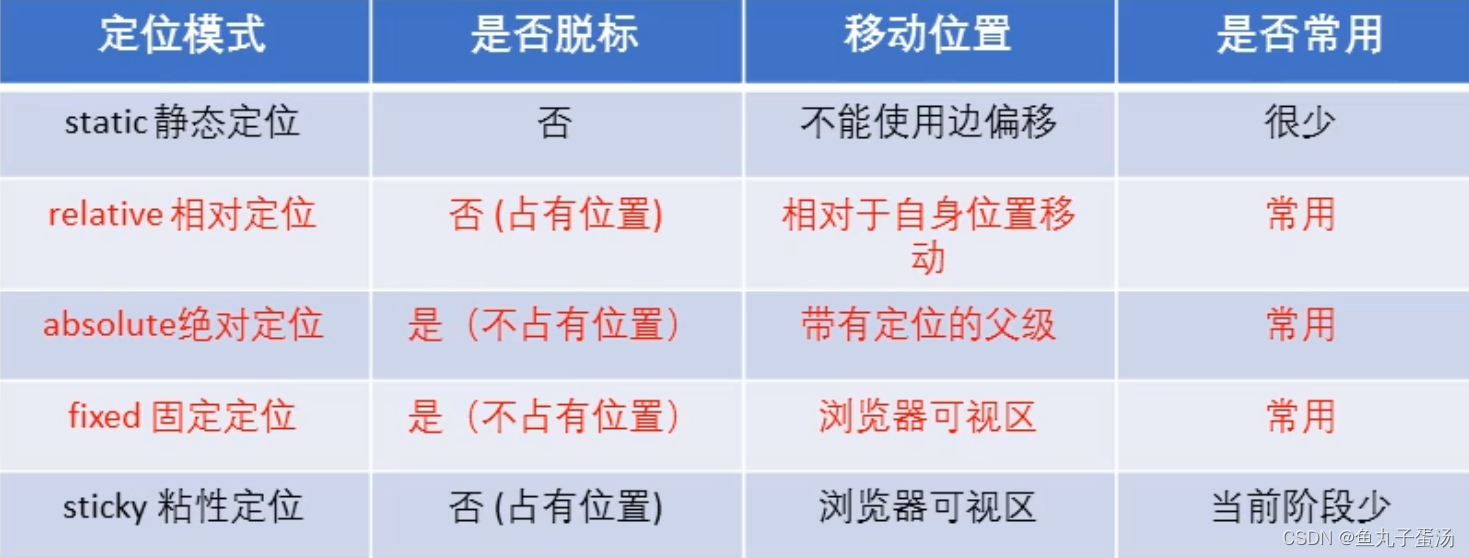



![[GDC24]TheFInals的破坏系统](https://img-blog.csdnimg.cn/direct/96f7300e5648481b9228ea38f7b03599.png)




